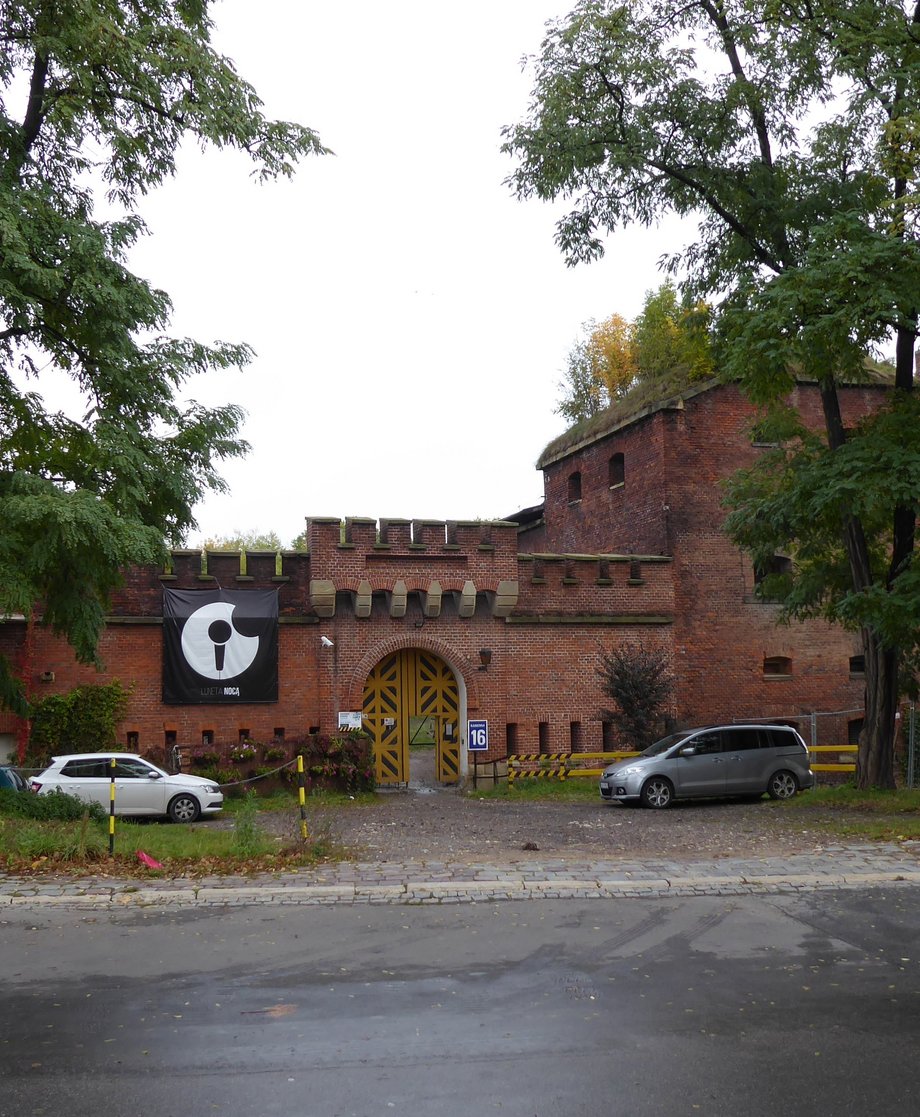
Appropriating Habsburg Military Architecture in Present-Day Central Europe
Imperial rule has always involved military domination. Since military operations are inherently connected to the physical environment, the desire to establish long-term control over a territory often manifests in buildings and structures. But what happens to these architectures of domination and oppression once the system of power they sustained has disappeared? Using the Habsburg monarchy as a case study, this project examines the complex processes through which military architectural remnants have been appropriated in the successor states throughout the 20th and 21st centuries.
The complexity of this appropriation arises from the dual challenge posed by imperial military architecture. On the one hand, such structures can be understood—following Sharon Macdonald’s concept of difficult heritage—as unwelcome reminders of a troubled past with which communities may struggle to identify: Habsburg military architecture continues to symbolize the fact that, despite the myth of peaceful coexistence, this multiethnic empire was largely maintained by force. Yet on the other hand, the will to defend the state was not solely directed against internal national or secessionist movements, but also against external threats. This dual defensive function meant that military installations were consistently embedded in broader imperial strategic frameworks.
Over time, borders have shifted and national identities have changed. As a result, these military structures have lost the strategic rationale for which they were originally designed, complicating attempts to repurpose them for ongoing military use. Moreover, military architecture represents a specialized building typology; its physical requirements and spatial logic often diverge significantly from those of civilian architecture. Thus adapting these sites for civilian purposes poses major challenges and typically demands substantial resources. Addressing these complexities is primarily a task undertaken at the local level, making local contexts central to our research.
In the first phase, the project identifies key sites based on their historical significance or exemplary character. The subsequent analysis and comparison of these cases form the basis for identifying both challenges and opportunities in managing former Habsburg military architecture, especially across periods of political and social transformation. By highlighting both best- and worst-practice examples, the project aims to define the conditions for a successful and sustainable approach to this difficult heritage. Drawing on the shared historical background of these sites and the common challenges faced by the stakeholders involved, the project seeks to foster recognition of the broader cultural value of Habsburg military architecture—extending beyond local, regional, and national frames of reference.
The project seeks to:
- raise awareness of the significance of military architecture for modern urban history, state-building, (post-)imperial legacies, and political and social transformation processes;
- contribute to discourses on the transnational history of Central Europe;
- develop models for the appropriation of built environments in post-imperial, national, and post-national contexts;
- establish an international network to promote cross-border cooperation among relevant stakeholders; and
- provide a database of best- and worst-practice case studies to support local actors in developing concepts for the sustainable reuse of (imperial) military architecture.
Project Lead: Dr. Frank Rochow
